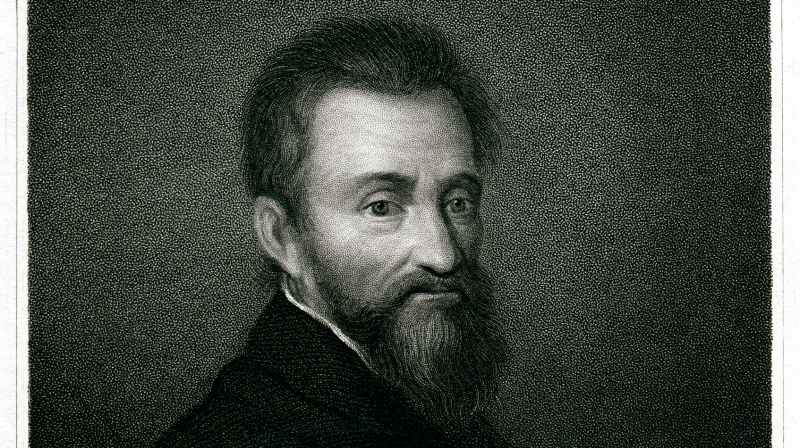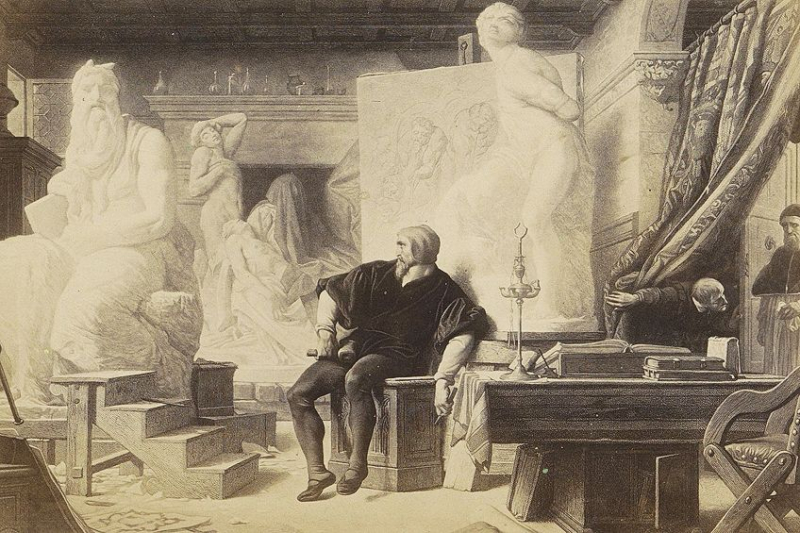He studied dead bodies to perfectly capture the human form in his art
When Michelangelo was still in his teen years, in 1493, he made a wooden crucifix and gave it to the prior of the Santo Spirito church in Florence. He was good friends with the earlier. In exchange, the previous offered him access to specific rooms where he could dissect corpses to learn about anatomy. Since practicing anatomy was against the law at the time, Michelangelo was forced to do it in secret.
Throughout his life, Michelangelo continued to dissect animals to learn about anatomy. Michelangelo was able to carve statues that seemed incredibly lifelike thanks to his study of anatomy. His works of art, including the statue of David, are unusual in that they accurately depict the human body's anatomy. This resulted from his investigation into the muscles, tendons, and blood veins of corpses in secret.
Michelangelo wasn't the only artist to study anatomy for their work, though. His rival Renaissance artist Leonardo da Vinci and others had also performed corpse dissections to learn more about the human anatomy.














